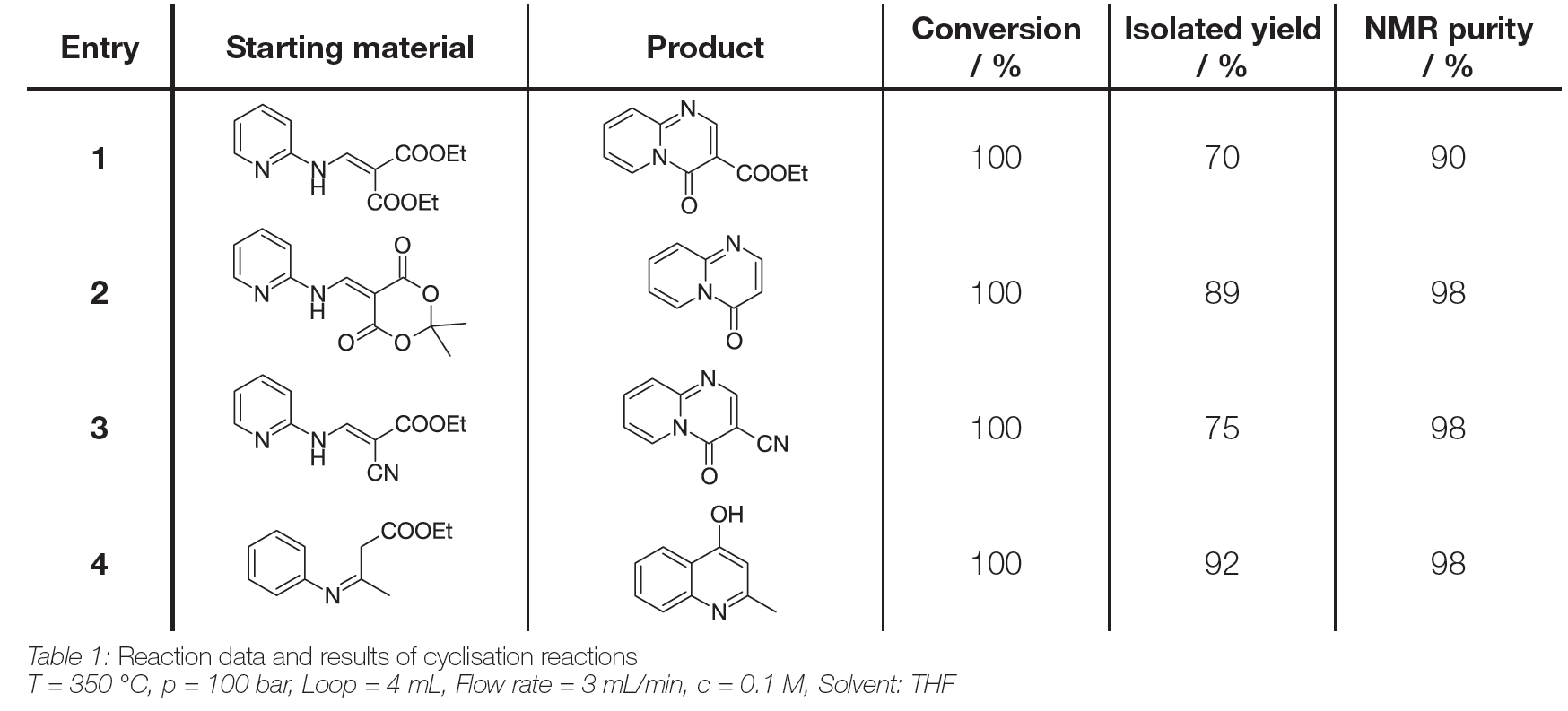Pharmaceutical Industry
The downsizing in the pharmaceutical industry has created a huge pressure on R&D to create more compounds with less resources. The synthesis routes have to be more and more complex in order to generate molecules which haven’t been patented yet. This has led to a rise in costs coupled with a decrease year on year of New Chemical Entities (NCEs) being approved by the FDA.
Continuous flow methods, with the advantages of improved safety, decreased reaction times and automation, provide researches a viable solution.
Hydrogenation of heterocycles to produce novel compounds
It has already been well established that the H-Cube Series make significant advances for hydrogenation in terms of safety, speed and capabilities. Their high pressure capability (100 bar, 1450 psi) coupled with short residence times enables the user to selectively reduce a heterocycle in a potential molecule in order to dramatically alter its properties, such as logP, logD and pKa. The molecules would also be non-planar to give a more three dimensional profile.
Novel heterocycles using high temperature synthesis
Heterocyclic carbonyl compounds e.g. quinolones, pyridopyrimidinones, naphthyridinones are important structural motifs in various biological active compounds (e.g. norfloxacin, nalidixic acid). One of the most practical approaches for their synthesis is the thermal cyclisation of the appropriate open chain intermediates. Such molecules can be derived either from a condensation product of formaldehyde acetal and a CH-acidic methylene containing precursor, or cyano-acetic acid ester in Gould-Jacobs reaction. Using this method with the Phoenix Flow Reactor at 300°C and high pressure, a series of bicyclic compounds can be generated and novel heterocyclic scaffolds can be made in this manner very effectively and quickly.

Utilizing 5 or 6 membered, S-, O- or N-type heterocyclic anilines, then novel heterocyclic scaffolds can be made in this manner very effectively and very quickly.
Please see also our applications section on high temperature reactions.


